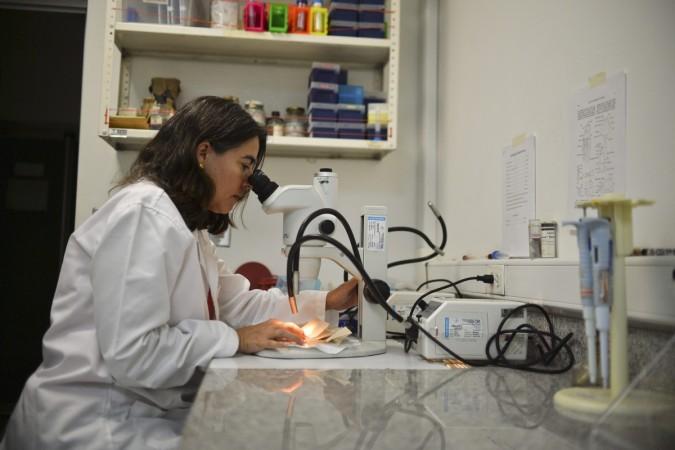
A deadly virus that could kill a person in hours has taken Japan by storm. Over 500 people have been reportedly infected by the deadly flesh-eating virus and the numbers have left scientists baffled.
According to local reports, about 525 patients – the highest number of cases since the recording of this began in 1999 – have been affected with streptococcal toxic shock syndrome (STSS), the Asahi Shimbun newspaper reported.
The data has been cited from the National Institute of Infectious Diseases. According to the statistics provided, 66 cases were reported in Tokyo, 40 in Kanagawa, 32 in Aichi, 31 in Fukuoka and 28 in Hyogo. The report suggests that most victims were over the age of 30.
The bacteria are so dangerous that it could kill a patient in a couple of hours by causing multiple organ failure, the institute warns.
While the recording may have begun in 1999, the number of cases has seen a huge rise since 2013. In that year alone, 203 patients were said to have been treated, Daily Star reports. The reason behind the increase is still unknown, puzzling scientists studying the illness.
Causes:
STSS is reportedly caused by a bacterium called streptococcus pyogenes, better known as group A streptococcus. The bacteria is known to bring on strep throat among children. A small portion of the bacterium can develop into a particularly severe and often deadly strain leading to death.
Symptoms:
The study reveals that initial symptoms include swelling and pain in the hands and feet. Patients could also suffer from fever. The symptoms can appear even if patients have no chronic health problems.
"The signs of an STSS-infected area likely appear from the feet," Ken Kikuchi, a professor of infectious diseases at Tokyo Women's Medical University told the Japanese newspaper. "The elderly should be careful about swelling of their feet and go see a doctor immediately when swelling appears."
The swelling eventually spreads over the course of several hours leading to necrosis of a band of tissue surrounding the muscles. If the bacteria that necrotizes muscle tissues spreads, patients suffer from multiple organ failure and die within a few hours.
It is also believed that STSS begins in a person's infected wounds. However, doctors have seen many cases where the path of the infection remains a mystery.
Cases:
STSS recently made headlines when an American model and athlete Lauren Wasser revealed that she suffered from the flesh-eating disease after she left her tampon in for too long.
It resulted in her right leg being amputated. According to RT World News, the illness has a high mortality rate. The US Center for Disease Control shares that there is a survival rate of less than fifty percent. But if treated early on through antibiotics or failing that, amputation, patients can survive.

















